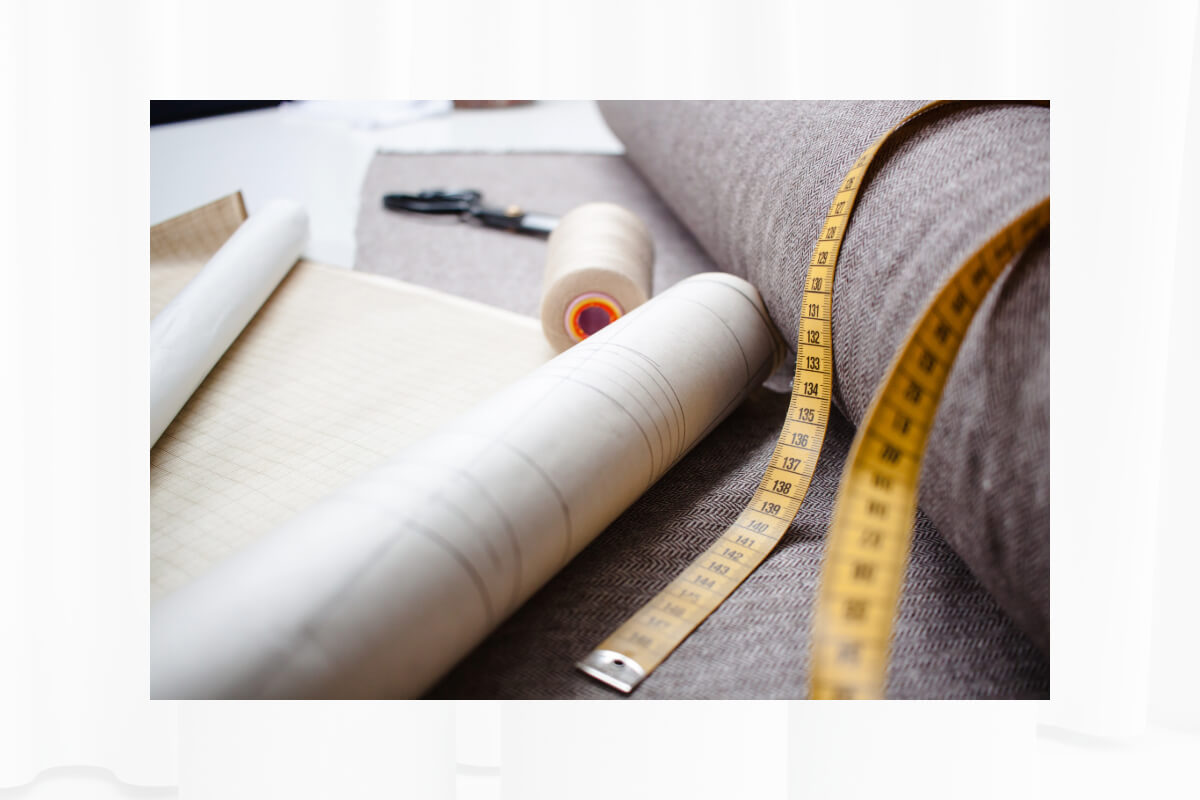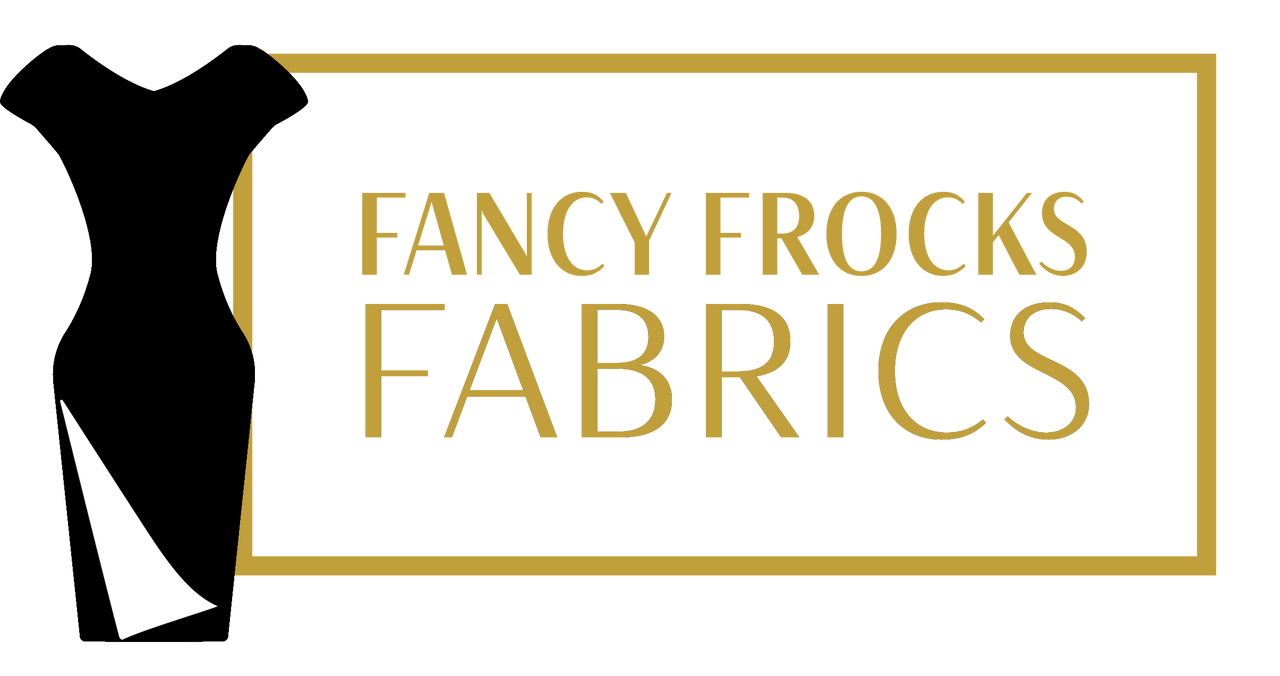
Why Isn't My Sewing Pattern Fitting Properly?
Does Fabric Affect the Fit of a Sewing Pattern?
Unlock the Art of Sewing: Expert Tips on Anticipating Pattern and Ease Adjustments for Different Fabrics
Have you ever tried to sew up a pattern you have previously made, only to find that the fit of the garment has changed? Perhaps you have even made up your muslin (sample garment) and you know it fits perfectly.
The frustration of having inconsistent results with a sewing pattern is real. Initially, you may have wondered if you did something wrong. You may have even gone back to check measurements, tracing lines, and fabric cut yet, you find you have done everything accurately. If this has been your experience you’re not alone.
I was listening in on a pattern making discussion on garment fit. The sewist was frustrated because a pattern she had worked on and knew fit her well in the muslin stage failed when she used her fashion fabric. Initially she thought that it was perhaps the quality of the fabric she had purchased since she had checked and double checked her work. However, during the discussion, she revealed that the fashion fabric was much thicker than the muslin fabric yet was confused as to how this could make a difference in the outcome of her garment.
So, what could be the problem? Do you think fabric choice may affect garment fit? How can you avoid this frustration and how do you learn to anticipate adjustments when working with different fabrics.
It does take practice and it is good to get familiar with fabric terms and behavior. The following books are a good resource to have in your sewing library, Claire Schaffer’s Fabric Sewing Guide, and "The Fashion Designer's Textile Directory - A guide to fabrics' properties, characteristics, and garment design potential by Gail Baugh.

You will learn quite a bit from both publications. Claire Schaffer's book is directed to the home sewist, offering assistance in fabric characteristics and care along with thread, stitch length and sewing needle selection.
The Fashion Designer's Textile Directory was written "as a visual guide to fabric, focusing on the way designers are trained to create apparel...The book simultaneously instructs in fabric, while developing skills for the design room." I think both will contribute greatly in helping you work with various fabrics and ultimately your sewing experience. Understanding the nuances of various fibers, the complexities of the fabric weave, the drape and weight of the fabric will help lead you to making better choices when selecting a fabric for your sewing pattern.
You can also get some insight when learning about pattern construction. I read recently that home sewists were once taught pattern construction and fitting along with sewing skills. It seems that those skills are taught separately now which may contribute to some of the frustration we experience. However, there are resources available to fill in those gaps. For instance, I was watching a YouTube tutorial by Jin of Pattern Studio 101entitled, “Nobody explains about the right fit & right amount of ease [Pattern Making Tutorial]” https://youtu.be/8H39fwyjB44?si=klNaTUh4pacXHXv6 at about 2 minutes into her video Jin confirms that fabric choice “make a huge difference in fit”.
While displaying an image of blazers in different fabrics where the fit and the model were the same, she asks, “Do you think you can use one pattern to make all these blazers “(or for our purposes the same garment)? I think by now you know the answer, No!
Highlighting information that every sewists should be aware of Jin revealed, “Every single fabric reacts differently. You have to have greater ease or smaller ease depending on the fabric to have the same fit on the model” The thickness of the fabric or the way it is woven makes a huge difference.” She then displays the differences in chest measurement of each garment. Ease had to be added to accommodate the fabric. Some of the fabrics selected needed 1.5 inches of additional ease! (You can view this example in the video at about 6-minute mark).
So, your fabric choice makes a “HUGE” difference. As a home sewist, how can you accommodate for the addition or elimination of ease that may be needed. Here are some ideas that may give you added assurance!
- If possible, when making up your muslin use a fabric that closely matches your final fashion fabric.
- Anticipate how a fabric will behave and read the clues by asking yourself some questions about the fabric.
- Is the fabric tightly or loosely woven?
- Is the fabric thicker than your muslin fabric?
- Does the fabric have spandex added for stretch?
- Is the fabric stiff and crisp?
- Are you using a stretch fabric with a pattern designed for wovens?
- Cut your pattern out with a generous seam allowance. In the blazer example there were instances where an additional 1.5 inches of additional ease was needed. If you are working with a thicker or tightly woven fabric, consider adding an additional inch or more to your seam allowance. This will give you the wiggle room you need to make fitting/ease adjustments. However, be sure to have marked the stitching line on your pattern and muslin to avoid confusion when altering the pattern.
- Basting is your friend and can alleviate so many problems in the final fitting when working with your fashion fabric. My favorite way to baste is by hand with large running stitches as it is quick to do, holds together well, and is easy to take out.

The best advice I have heard recently to improve your sewing is to find a pattern you like and make multiple garments from it. By choosing different fabrics and design elements you will develop skills that stick. You will learn to read the fabric and most importantly, gain confidence!
Until next time…sew something fancy!
(The books and websites mentioned are not affliated in anyway with Fancy Frocks Fabrics)
Check out our other Blog Posts on this topic!
Learn To Choose Fabric with Confidence
https://fancyfrocksfabrics.com/blogs/news/learn-to-choose-fabric-with-confidence
How to Choose the Right Fabric When Shopping Online
https://fancyfrocksfabrics.com/blogs/news/how-to-choose-the-right-fabric-when-shopping-online
